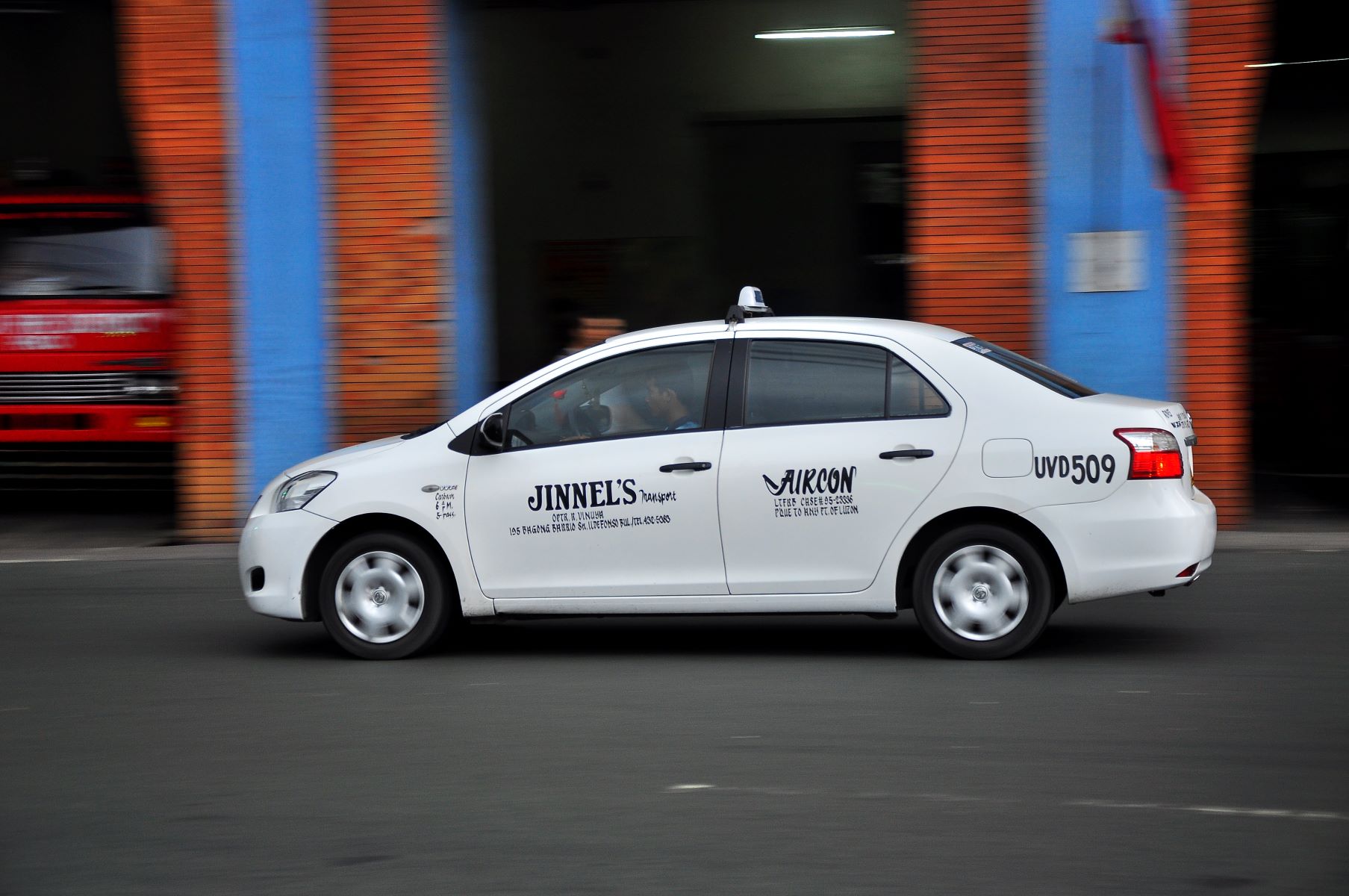
Taxis are an integral part of modern transportation systems, providing a convenient and reliable way to get from one place to another. Whether you need a ride to the airport, a quick trip to the grocery store, or a late-night ride home, taxis are ready to whisk you away to your destination. While most of us have used taxis at some point in our lives, there are some fascinating facts about this mode of transportation that you may not be aware of. In this article, we will explore 18 interesting taxi facts that will give you a deeper understanding and appreciation for the taxi industry. From the history of taxis to unique taxi services around the world, prepare to be surprised and entertained by these intriguing facts.
Key Takeaways:
- Taxis have a rich history dating back centuries, from ancient civilizations to modern innovations like the first taxi-hailing app in 2010.
- Taxis play a vital role in reducing traffic congestion, providing personalized experiences for tourists, and offering convenient transportation with fascinating stories behind them.
Taxis have been around for centuries!
Believe it or not, taxi-like services date back to ancient civilization. In cities such as Rome and ancient Babylon, horse-drawn carriages were available for hire, functioning much like taxis do today.
The iconic yellow taxi color originated in New York City.
In 1907, the Yellow Taxicab Company in New York City was the first to paint their cars yellow. The color was chosen to make the taxis more visible and easily recognizable amidst the bustling streets of the city.
The world’s oldest taxi meter was invented in 1891.
German inventor Friedrich Wilhelm Gustav Bruhn created the first taxi meter to ensure fair and accurate fare calculation. This innovation revolutionized the taxi industry by introducing transparent pricing.
London taxis are known as “black cabs.”
The traditional black cab, or Hackney carriage, is an iconic symbol of London. These taxis are approved for public hire and undergo rigorous testing to ensure quality and safety standards.
The longest taxi ride on record covered over 43,000 miles.
In 2007, London taxi driver, John Groves, completed an incredible journey that took him across 50 countries and six continents. He set the Guinness World Record for the longest taxi ride ever.
The first metered taxicab service in the United States was established in 1897.
After witnessing the success of metered taxis in Europe, businessman Harry N. Allen introduced the first metered taxicab service in New York City under the company name “The New York Taxicab Company.”
Taxis in Japan are known for their impeccable cleanliness.
Japanese taxi drivers are renowned for keeping their vehicles spotless. Passengers often appreciate the cleanliness and orderliness of Japanese taxis, providing a pleasant and comfortable experience.
The New York City taxi fleet is massive.
With over 13,000 yellow cabs operating in New York City, it boasts one of the largest taxi fleets in the world. These taxis collectively cover millions of miles each day, serving both residents and tourists.
The first electric taxi appeared in New York City in 1897.
Around the same time as the introduction of metered taxis, New York City was also an early adopter of electric taxis. The first electric taxi service, known as the “Electric Carriage and Wagon Company,” had a fleet of electric-powered taxis.
The word “taxi” comes from the French word “taximètre.”
The term “taxi” originated from the French word “taximètre,” referring to the meter used to calculate fares in early taxicabs. The word eventually became synonymous with the service itself.
The world’s most expensive taxi ride costs over $400,000.
For those with extreme wanderlust, adventure-seeking company Dream Racing offers a unique luxury taxi ride, where customers can drive a Lamborghini Aventador around the Nürburgring racetrack in Germany for a jaw-dropping price.
The first female taxi driver in New York City was Susie Medford.
In 1925, Susie Medford broke barriers by becoming the first female taxi driver in New York City. Her courage and determination paved the way for many female drivers who followed in her footsteps.
Taxi drivers in London must pass a rigorous exam known as “The Knowledge.”
London taxi drivers are required to pass “The Knowledge” – a demanding test that assesses their knowledge of over 25,000 streets and thousands of landmarks in the city. This extensive training ensures that London cabbies have an unparalleled understanding of the city.
The average New York City taxi driver covers around 180 miles in a shift.
Navigating through the bustling streets of New York City, taxi drivers can cover an average of 180 miles during a single shift. This accounts for the various destinations they transport passengers to throughout the day.
The first taxi-hailing app was launched in 2010.
Innovation in the taxi industry took a massive leap forward with the launch of the first taxi-hailing app, Uber, in This revolutionized how people book and ride in taxis, making it more convenient and accessible.
Taxis can be customized for passenger comfort.
Many taxi companies around the world offer customized features to enhance passenger comfort. These can include USB ports, Wi-Fi, entertainment systems, and even refreshments to make the ride more enjoyable.
Taxis contribute to reducing traffic congestion.
Studies have shown that taxis help reduce traffic congestion in cities by providing a more efficient mode of transportation for multiple passengers instead of individual cars. This contributes to a more sustainable urban environment.
Taxis are a vital part of the tourism industry.
Taxis play a crucial role in the tourism industry, providing visitors with convenient transportation and valuable local information. They offer a personalized experience and serve as ambassadors for their cities.
Conclusion
In conclusion, these 18 taxi facts shed light on the fascinating world of taxi transportation. From their historical origins to their modern-day impact, taxis play a crucial role in providing convenient and reliable transportation to millions of people worldwide.
Understanding the inner workings of the taxi industry, the various types of taxis available, and the regulations that govern them can help us appreciate the significance of this mode of transportation. Whether you’re hailing a cab on a busy street or booking a ride through a mobile app, taxis are an integral part of our daily lives.
Next time you hop into a taxi, take a moment to appreciate the rich history and complex operations that make this industry possible. Taxis continue to evolve and adapt to meet the changing needs of passengers, making them a reliable and efficient means of getting from point A to point B.
FAQs
1. How long have taxis been around?
Taxi services have been around for hundreds of years. The first recorded taxi service dates back to the early 17th century in Paris, France.
2. Are all taxis yellow?
No, not all taxis are yellow. Taxi colors vary across different cities and countries. For example, in New York City, the iconic yellow taxis are prevalent, while in London, black cabs are more common.
3. Can anyone become a taxi driver?
In most places, becoming a taxi driver requires obtaining a specialized license, undergoing background checks, and meeting specific criteria set by local transportation authorities.
4. How do taxi meters work?
Taxi meters calculate the fare based on the distance traveled and the time spent in the taxi. They factor in variables such as traffic conditions and waiting times to provide an accurate fare.
5. Are taxis safer than other forms of transportation?
Taxis are generally considered a safe mode of transportation, as licensed taxi drivers undergo thorough background checks and must adhere to regulations set by transportation authorities.
6. Can I request a specific taxi driver?
Some taxi booking platforms allow you to request a specific driver if you have a preferred driver or had a positive experience with them in the past. However, this may not be available in all areas.
7. How can I pay for a taxi?
Most taxis accept cash payments, but many also offer options for card payments and mobile wallets. It’s best to check with the taxi driver or company before getting in the cab.
8. Are taxis only for short distances?
Taxis can be used for both short and long distances. They provide a convenient option for quick trips around the city, as well as for longer journeys to airports or other cities.
9. Can I hail a taxi anywhere?
In most urban areas, you can hail a taxi from the roadside. However, there may be designated taxi stands or pick-up zones in some cities where you are required to wait for a taxi.
10. How do I become a taxi driver?
The specific requirements to become a taxi driver vary depending on the location. Generally, you will need to obtain a driver’s license, complete any required training or exams, and meet the criteria set by local transportation authorities.
From the noble lineage of Albert Von Thurn Und Taxis to the gritty streets portrayed in Taxi Driver, there's more to explore in the world of taxis. If you're curious about modern ride-hailing services, facts about Yango Taxi and delivery might pique your interest. Whether you're a history buff, movie enthusiast, or tech-savvy individual, these captivating stories will take you on a journey through time and across continents, revealing the fascinating evolution of the taxi industry.
Was this page helpful?
Our commitment to delivering trustworthy and engaging content is at the heart of what we do. Each fact on our site is contributed by real users like you, bringing a wealth of diverse insights and information. To ensure the highest standards of accuracy and reliability, our dedicated editors meticulously review each submission. This process guarantees that the facts we share are not only fascinating but also credible. Trust in our commitment to quality and authenticity as you explore and learn with us.


